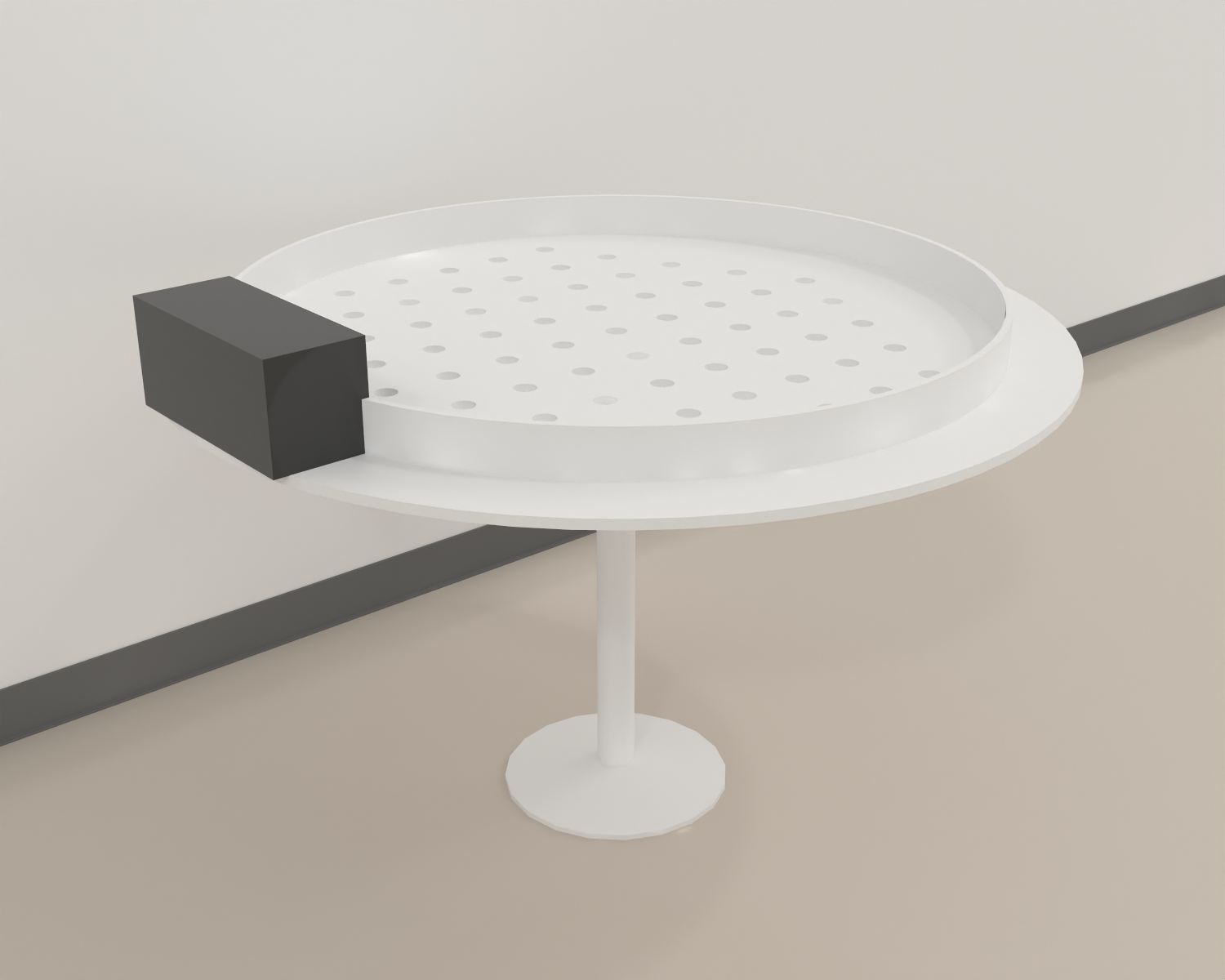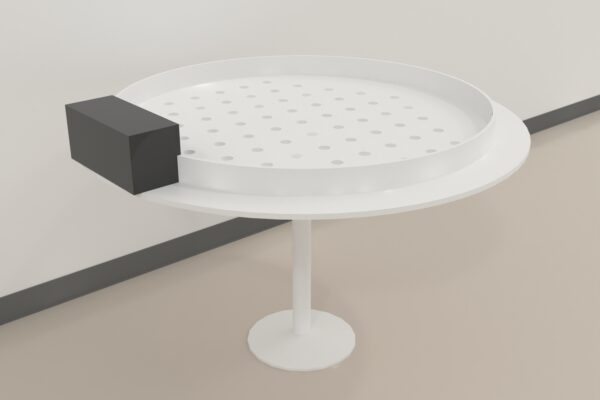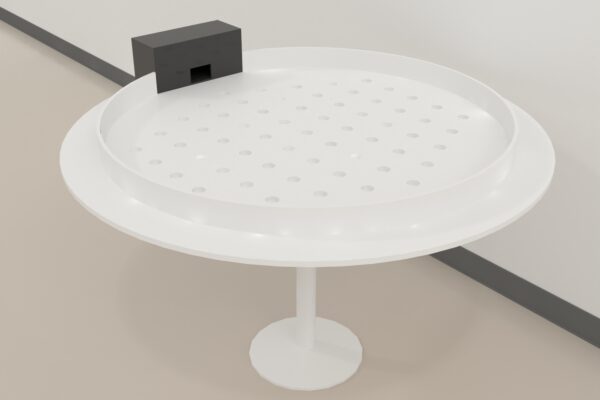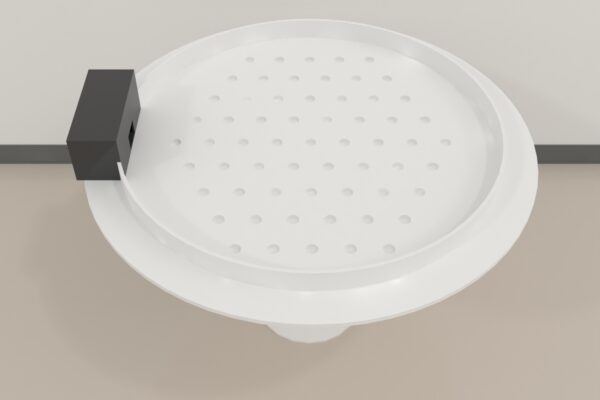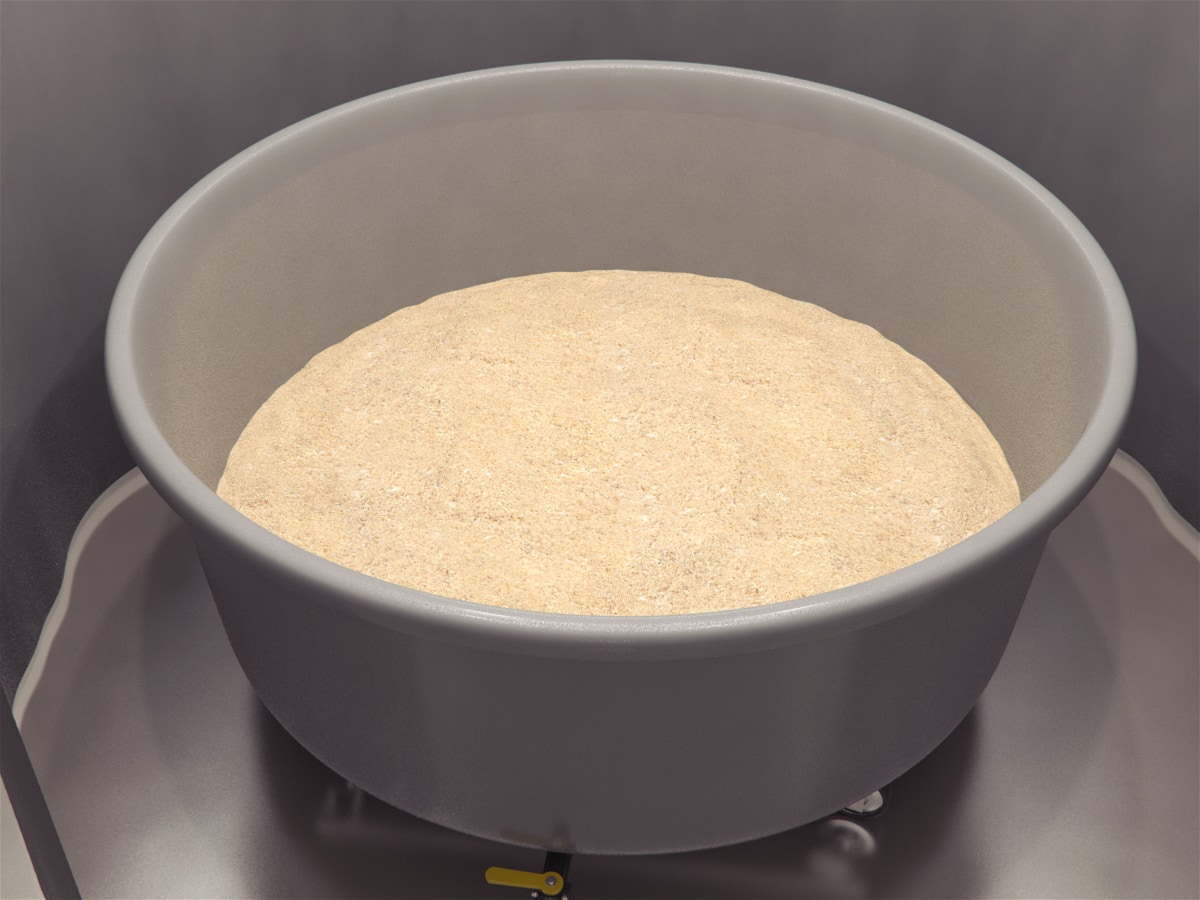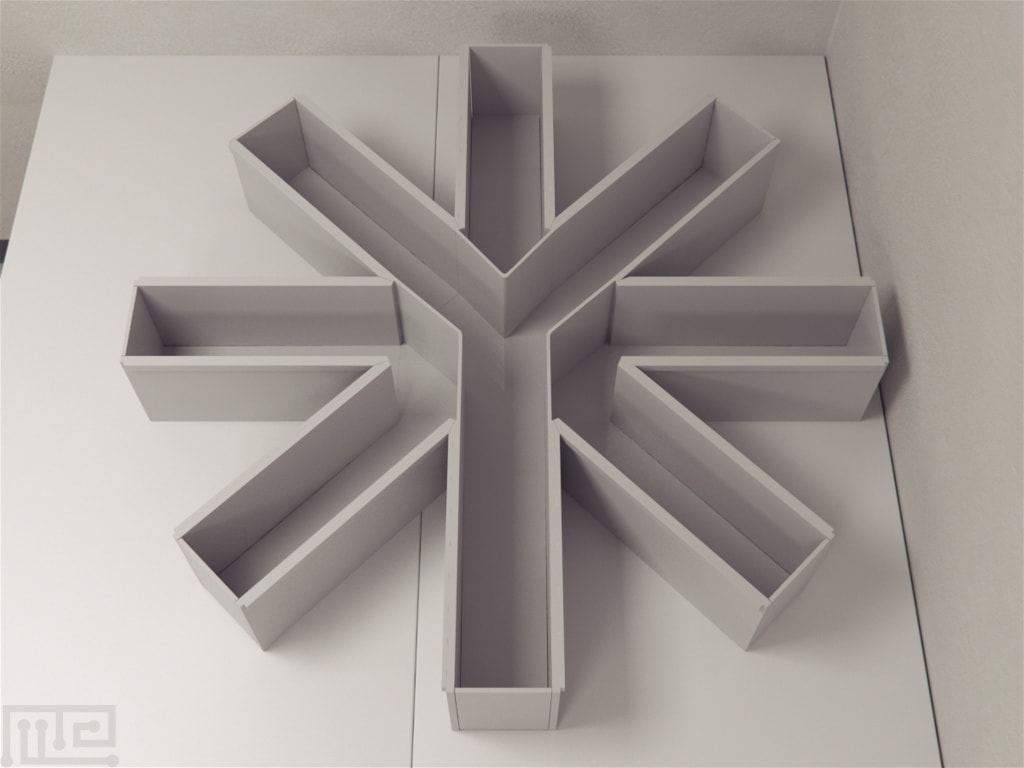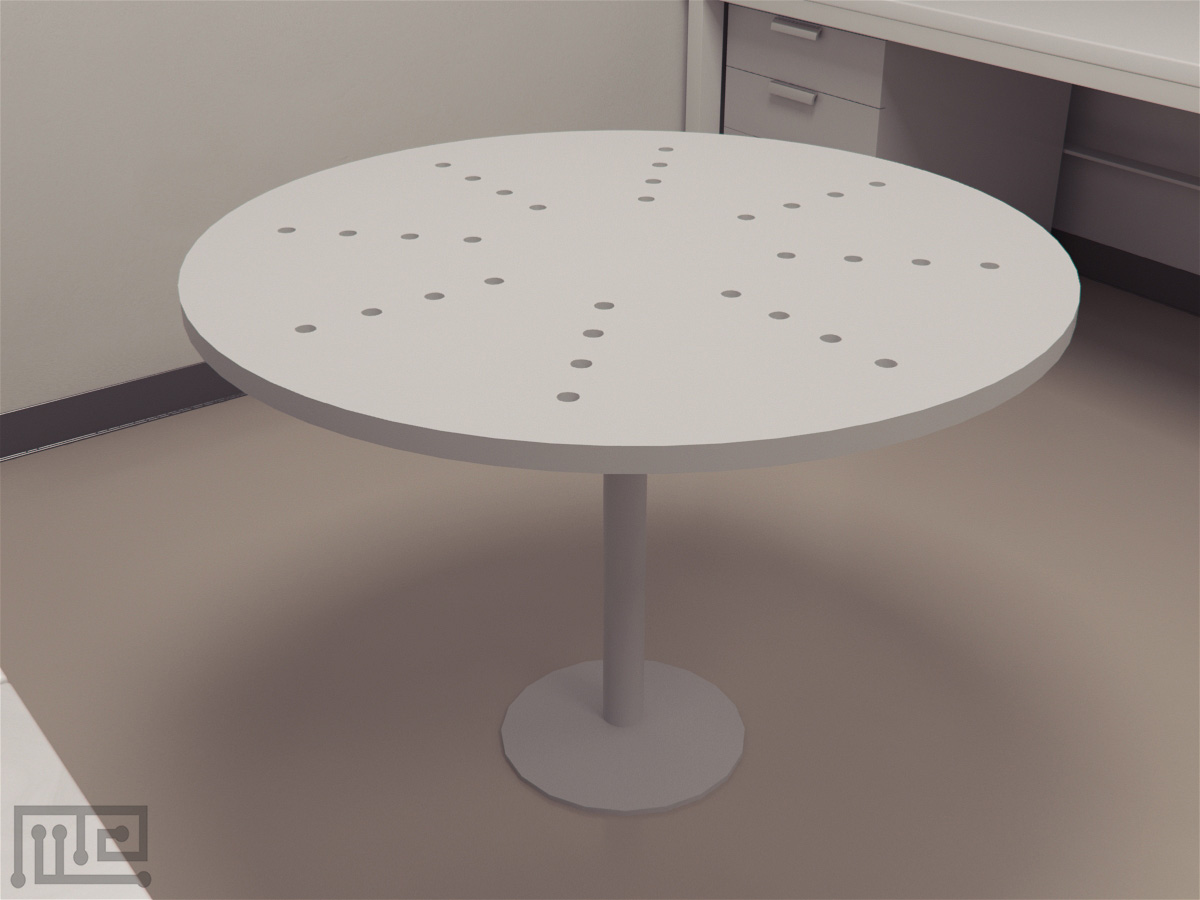Developed as a variant between the Radial arm, Dry Morris Water, and Cheeseboard mazes, the rowed Cheeseboard uses food rewards to investigate both spatial reference memory and spatial working memory tasks in rodents.
This apparatus has been used to investigate neurological processes associated with memory retention (Gilbert et al., 1998; Dupret et al., 2010; Shimbo et al., 2018).

